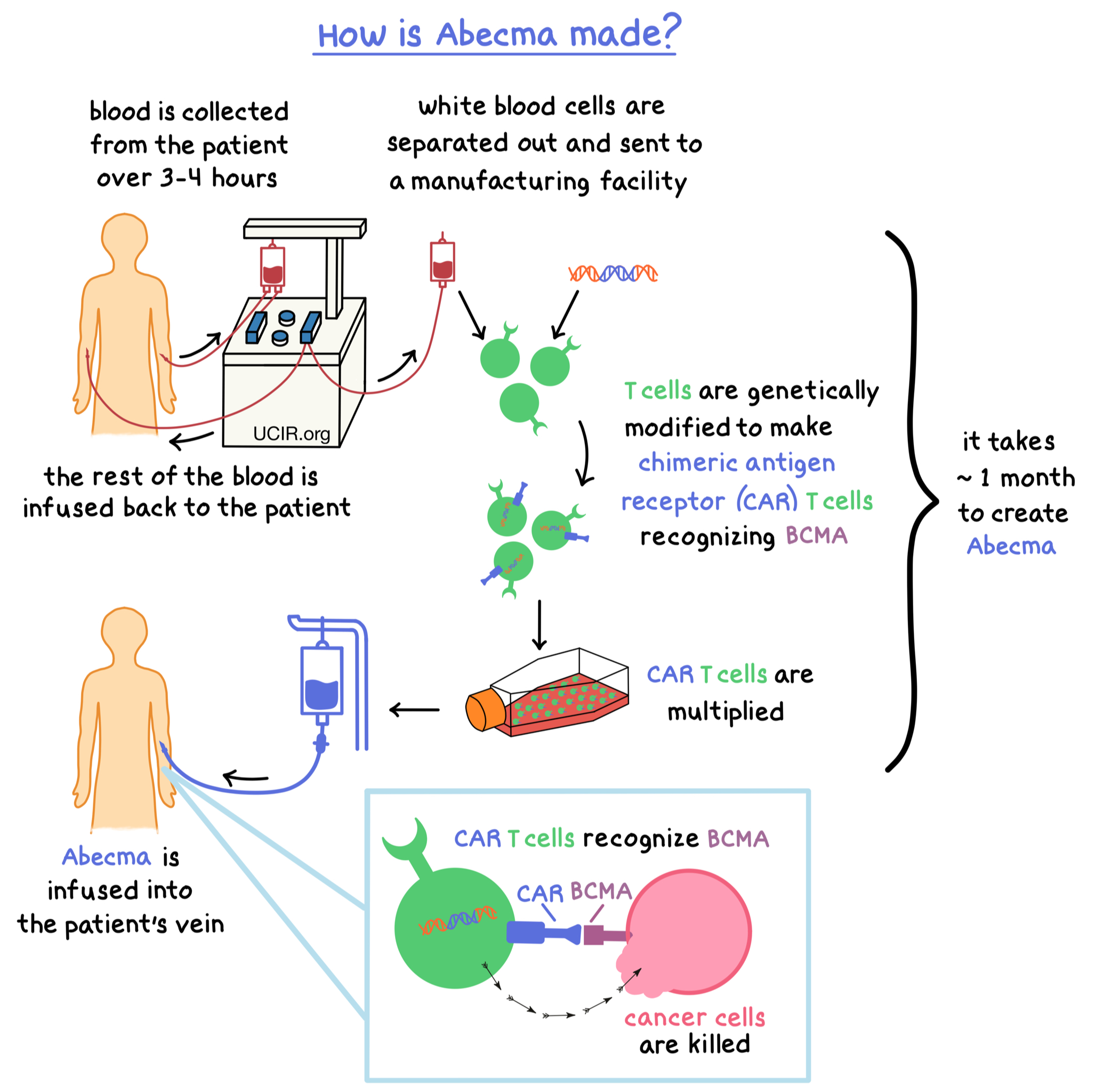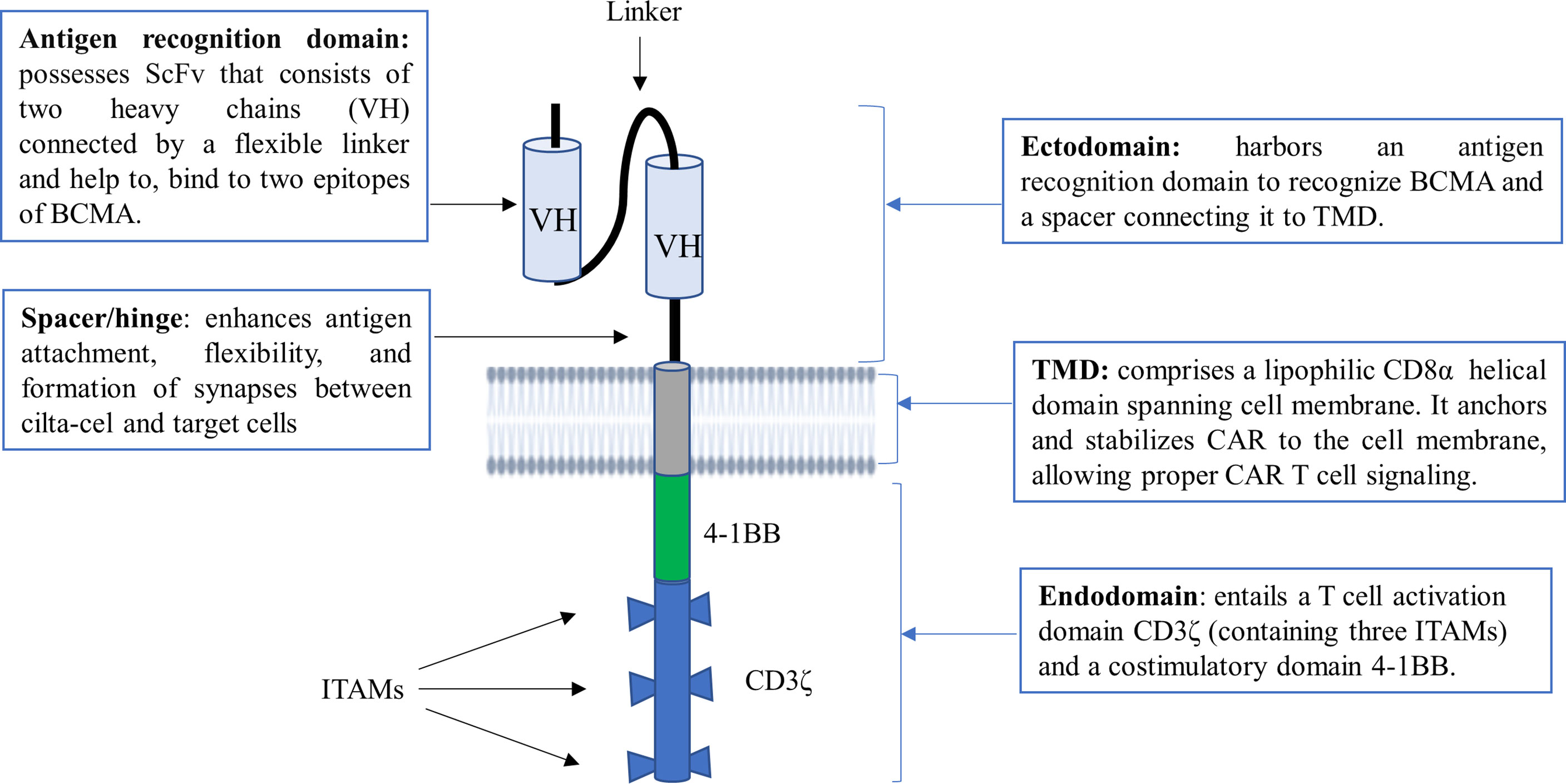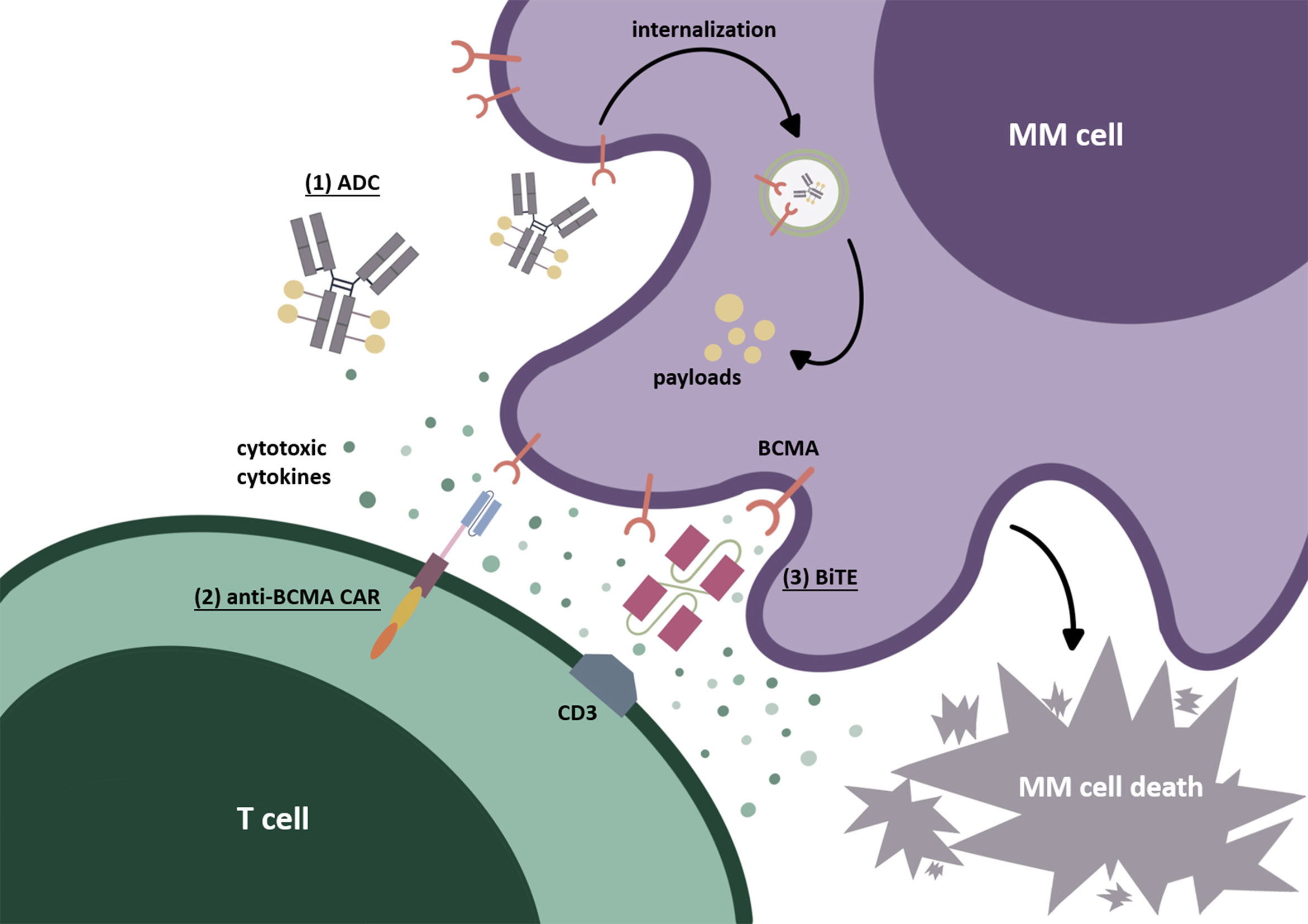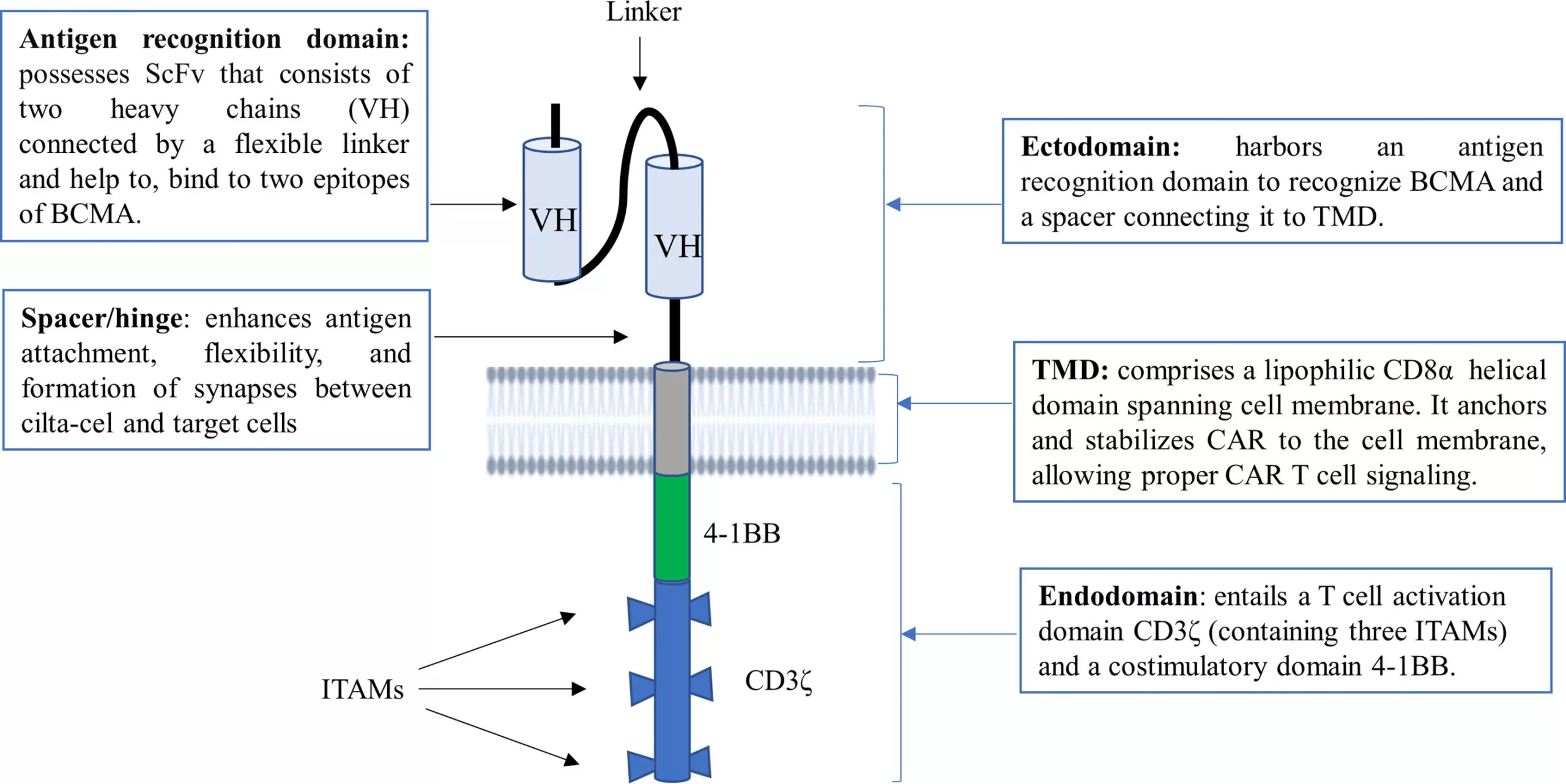Why am I telling you about bone aches and BBQ? Because honestly, that’s how these stories start for a lot of people. We chalk it up to stress, age, or, heck, maybe just a touch of clumsiness. But for some of us… it’s the beginning of a health journey that leads to cutting-edge therapies built on hope—and science targeting something called the Abecma target antigen.

Why Are We Chasing BCMA?
So, what exactly is this “target antigen” deal everyone’s buzzing about? Well, it’s called BCMA—short for B-cell maturation antigen. Imagine a secret handshake that only myeloma cells know. BCMA is basically their calling card, found on almost every myeloma cell, but barely showing up in other places in your body. That’s why therapies like ABECMA CAR T can hunt down cancer with laser precision.
My friend Diane, who never missed her morning coffee, shared how surreal it was when doctors explained her plasma cells acted like party crashers, thanks to BCMA. For her, understanding the target made the science feel less… scary. More like an action movie, less like a hospital drama.
So, Is BCMA on Every Cell?
Nope. And thank goodness for that. BCMA shows up mostly on plasma cells—the very ones that go haywire in multiple myeloma. That’s the genius behind therapies targeting the Abecma target antigen. Most other healthy cells keep that “door” shut, so your new cellular attack dogs know exactly which bad guys to chase.
Let’s Put BCMA in Perspective
| Cell Type | BCMA Expression |
|---|---|
| Multiple Myeloma Cells | Super High! |
| Healthy Plasma Cells | Some, but not like cancer |
| Other Tissues (liver, kidney, etc.) | Tiny to none |
This is why when someone asks, “doesn’t this kind of treatment hurt my whole body?”—it’s great to know the answer is, “not in the way you’d expect.” Targeted, not scattershot.
How Abecma Hunts Down Myeloma
Let’s be real. Most of us never think about “T cells” until stuff gets dramatic at the doctor’s office. T cells are like your body’s superhero sidekicks. But sometimes, by the time multiple myeloma is running wild, those helpers are tired, confused, or outright missing the mark.
That’s where therapies harnessing the Abecma target antigen come in like a Hollywood reboot—taking your own sleepy immune cells and teaching them some ninja moves in the lab.

Can Our Own Cells Save the Day?
Yes, they really can. Here’s how the story goes (no science degree needed):
- Your team (doctors) collects some of your blood in a special process (leukapheresis…a fancy machine pulls out your T cells and gives you the rest back. It’s kind of like donating blood, but with extra steps).
- Those T cells take a “spa day” in a lab—except instead of facials, they get souped up with new gear. Lab techs insert a gene so your T cells will recognize BCMA whenever they see it. That’s the Abecma target antigen—basically, a neon sign saying, “attack here!”
- They multiply your upgraded T cells (the factory builds an army from your one soldier). This takes a few weeks. Seriously… it’s the Marvel superhero origin montage, but for your immune system.
- You get the cells back, in a single shot. Now your T cells are back with confidence—and a serious grudge against any cell waving the BCMA flag.
Real-life shoutout to my cousin’s neighbor, Rick, who called the infusion “like hitting restart on my immune system.” The next weeks aren’t easy (sometimes you get fever, chills, brain fog). But the plan? Those cells keep tracking and zapping myeloma like it’s their only job.
Want a few more nerdy details (without falling asleep)? You can always dig deeper into ABECMA CAR T science if that’s your jam.
What Actually Happens Next?
| Step | What It Means for You |
|---|---|
| Leukapheresis | Quick blood draw, a little like dialysis. You’re in a chair watching daytime TV while your T cells are collected. |
| Manufacturing | 4–6 weeks waiting. Some people binge Netflix or reflect… it’s a weird but hopeful waiting period. |
| Lymphodepleting Chemo | A few days of prep chemo. Not the worst phase, but you feel wiped out. This “makes space” for new T cells to take over. |
| CAR T Infusion | The main event! Single IV dose. Afterwards, you’re watched closely for fevers, CRS (more on that below), and side effects. |
Want a comparison? If you’ve ever wondered about Abecma vs Carvykti, Carvykti is another cell therapy in the same “fight BCMA” league—some differences in the fine print, but both have the same main “enemy.”
Can the Side Effects Get Scary?
Let’s get real again. The answer: Sometimes, yes. Most people just feel tired, a little feverish—like the flu, but weirder. But a few get what’s called Cytokine Release Syndrome (CRS). Sounds ominous, but it’s basically your supercharged immune cells getting overexcited.
Doctors watch for this and have meds (tocilizumab, etc.) at the ready—think of it like a car’s airbags. It catches anything that might go out of control. Neurological side effects pop up for some (brain fog, weird thoughts, rarely worse), but specialists check you constantly. If you get it, you’ll have a whole team flipping out over every temperature blip or offhand comment about feeling “funny.”
Numbers? CRS happened in about 80% of patients, but most were mild; severe cases were rare (more details here if you’re into that). Honestly—it’s not a walk in the park, but it’s not life in a hospital bed forever either.
If you want to see data or compare therapies, the Abecma vs Carvykti page digs into charts and nitty gritty.

What Does “Progression-Free” Even Mean?
Every new therapy seems to throw around buzzwords. With Abecma and other BCMA-targeted therapies, one headline is “progression-free survival.” That’s doc-speak for: How long can you go before the myeloma starts being a jerk again?
In clinical trials, people with stubborn cases (already tried 2+ types of chemo) saw an average of 13.3 months where the myeloma didn’t flare up. Before this, the standard was about 4 months. That’s almost a year of feeling more like yourself, instead of living from appointment to appointment (read the full story here).
People describe small miracles, like finally booking that vacation, getting back to gardening, or just walking the dog without fearing every step. Rick, the neighbor I mentioned earlier? He said, “For the first time in years, I started planning ahead. Not just surviving, you know?”
Is It for Everyone?
Honestly—no. Not everyone is eligible. Right now, Abecma is usually an option if you’re an adult with multiple myeloma that’s come back after at least two types of treatment (like an immunomodulator and a proteasome inhibitor). Some regions/facilities have their own rules. If you’ve been through a few therapies and your myeloma just keeps coming back, it might be worth asking your doc about targeting the Abecma target antigen in your case.
There’s more on exact criteria and next steps at the ABECMA CAR T overview. Knowledge = power, always.
Comparing Responses: Abecma & Co.
| Therapy | Who’s Eligible? | Median Progression-Free Survival |
|---|---|---|
| Abecma | After 2+ prior therapies | 13.3 months |
| Standard Regimen | Same group | 4–6 months |
| Carvykti | Similar (some differences) | ~20 months (in some studies) |
Again, more details on the Abecma vs Carvykti difference if you’re the research type. Or ask your cancer team—don’t be shy. It’s your life.
So… Who’s This For? Real People, Real Changes
I’ve met and spoken to folks whose worlds cracked open with a diagnosis… then slowly stitched back together as they learned about treatments like these. One woman shared how just a few months of remission meant seeing her granddaughter graduate—something she thought she’d miss.
People who try Abecma CAR T don’t always bounce back into marathon running. But they do find their own wins—planting tomatoes, getting back to church potlucks, or finally fixing up that old motorcycle. These victories, big or small, are a huge part of what makes this therapy feel like more than just another medicine.
Want nitty-gritty specifics? That’s what ABECMA CAR T and similar real-life resources are for.
When Is It Time to Talk About It?
If your multiple myeloma has played hard to get—dodging standard drugs more than once—it might be time to chat about therapies targeting the Abecma target antigen. Some centers offer clinical trials, too. And yes, there are always new treatments on the horizon. Science is racing ahead, and it’s always worth asking, “Is there something new for me?”
Heck, even if you’re just supporting a loved one and need fresh hope, keep pressing for info.
Wrapping Up: You’ve Got This—Reach Out, Stay Curious
Whew, we’ve covered a lot—aches and scares, superhero T cells, heartfelt wins, and that magical-sounding Abecma target antigen. If any of this rings true for you or someone you love, let it be a sign: new science is opening real doors. Yes, it’s complicated. Sure, it can be tough. But you are not boxed in—these therapies show that hope and action go hand in hand.
So, what’s the next step? Ask questions. Talk to your oncologist. Get curious about words like “Abecma,” “BCMA,” even Abecma vs Carvykti. Stories like yours are what push new science forward. And if you have the chance to share your journey, do it—someone out there might need to hear it.
Here’s to you… and the little moments coming back—because sometimes, winning is just making it to the next sunrise, and feeling a bit more like yourself.


















Leave a Reply
You must be logged in to post a comment.